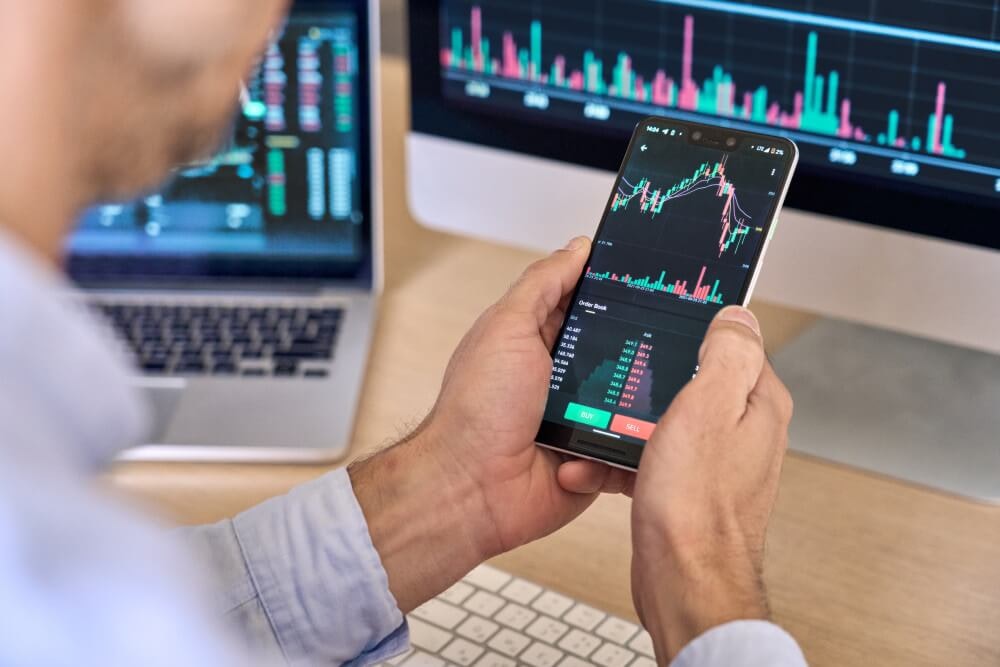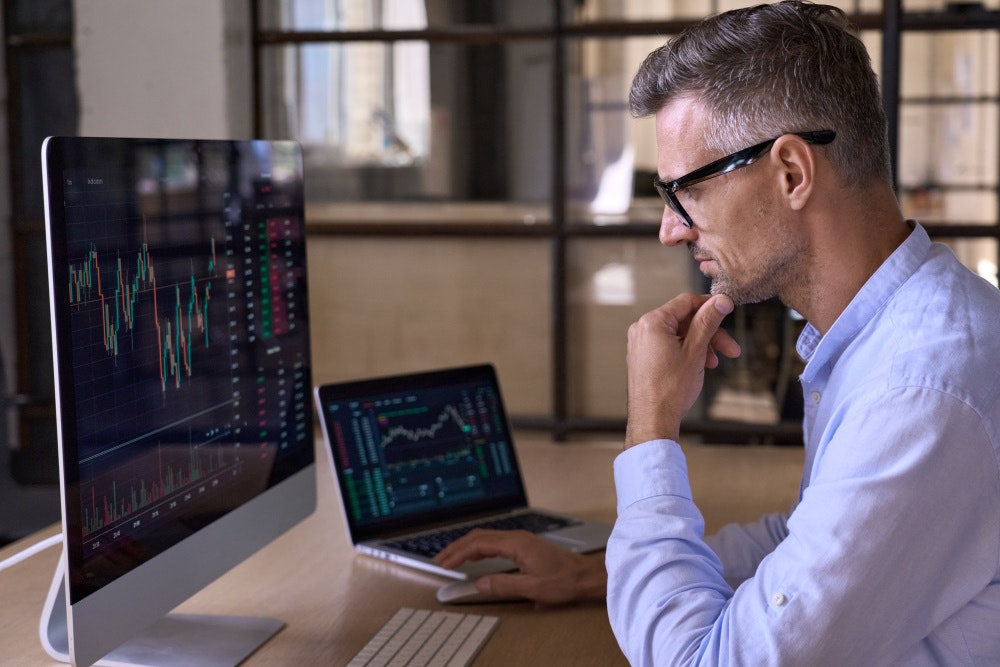Nick Goold
Slippage refers to the difference between the expected price of a trade and the price at which the transaction is executed. Slippage is a common phenomenon in financial markets, including the foreign exchange market, and can impact traders' profitability and trading outcomes. Due to various factors, the execution price may deviate from the desired price, resulting in slippage. As a result, slippage can have a significant impact on your trading performance, as it can lead to unexpected losses or missed profits.
Beginner traders especially can be surprised when their order is executed at a worse price than expected. Slippage occurs on at-market or stop-loss orders. For example, you want to buy USDJPY, and the current offer is 135.015; after pressing the buy button, your order was filled at 135.019, with 0.04 slippage. Another example is placing a stop-loss selling order below the current market at 134.50, but your selling order is filled at 134.49, not 134.50.
Several factors contribute to slippage in FX trading:
Market volatility: When markets experience high volatility, price movements can be fast and erratic. During these periods, it may be difficult for trades to be executed at the intended price, leading to slippage.
Liquidity: In less liquid currency pairs or during times of low liquidity, finding counterparties for trades at specific prices may be more difficult, resulting in slippage.
Order size: Large orders, particularly in illiquid markets, can cause slippage. If the trade volume is substantial relative to the available liquidity, executing the entire order at the desired price may be impossible, resulting in partial execution and slippage for the remaining portion. Retail FX traders should not encounter this problem as the FX market has high liquidity.
Market impact: Placing an order can impact the market, especially for large orders. As market participants react to new orders, the supply and demand dynamics can cause price movements and slippage. This is an issue for large hedge fund traders, not retail traders.
News events and economic releases: Major news events or economic data releases can create sudden and significant price movements, leading to slippage. Traders often witness slippage during important announcements when volatility spikes.

However, there are several steps you can take to minimize slippage and improve your trading results.
Choose the right broker
Selecting a reliable and reputable broker minimizes slippage. The following factors are critical when choosing a broker:
Execution speed: Look for brokers who offer fast and efficient order execution, reducing the likelihood of slippage.
Market depth: Brokers with access to deep liquidity pools and multiple liquidity providers can provide better execution and lower slippage.
Transparency: Ensure your broker has transparent pricing and order routing policies so you understand how your orders are executed.
It is challenging to judge a broker from reading a website or reviews, so the best way is to open multiple accounts and compare their pricing. Only through trading on a demo and then a real account will you know the actual level of slippage.
Optimize trade timing
Timing plays a crucial role in minimizing slippage.
Here are some tips to optimize trade timing:
Avoid high volatility: Steer clear of trading during major news releases or when the market is experiencing heightened volatility, as slippage is more likely to occur.
Trade during active sessions: Focus on trading during the busiest times of the day, as this offers higher liquidity and tighter spreads. Examples are Tokyo opening and then London open through to London closing around 4 pm London time.
Monitor economic calendar: Stay updated on economic events and data releases that could impact the forex market, and avoid holding positions around important announcements.
Use limit orders
Utilizing limit orders can be an effective way to avoid slippage. Instead of executing market orders prone to slippage, place limit orders with specified price levels. Limit orders allow you to control the price you will pay or receive, ensuring your orders are filled at desired levels or better. However, understand that limit orders might result in missed trading opportunities, so balance that off against the reduced slippage cost.

Monitor and adapt
Stay vigilant and monitor your trades to identify patterns or instances of slippage as market conditions and broker's execution quality can change. Below are some steps to help when you notice your slippage increasing.
Review order execution: Evaluate the execution quality and speed provided by your broker, and consider switching to a different provider if necessary.
Modify trading strategy: Analyze your strategy to determine if it aligns with prevailing market conditions. Adjusting your approach can help mitigate slippage risks. For instance, if you are holding positions into economic announcements, and it is causing losses, you might need to change your strategy.
Utilize technology
Leveraging advanced trading technology can aid in reducing slippage.
Consider the following technological tools:
Automated trading systems can execute trades swiftly, reducing manual errors and slippage caused by delays in human decision-making.
A Virtual Private Server (VPS) can also help minimize slippage. A VPS is a virtual machine to host your trading platform and runs your trading strategies. By using a VPS, you can reduce latency and improve the speed of your trades, which can help you avoid slippage.
It's important to note that while slippage can be frustrating, it is an inherent part of trading. Therefore, traders should aim to understand and manage the risks associated with slippage rather than attempting to eliminate it.

